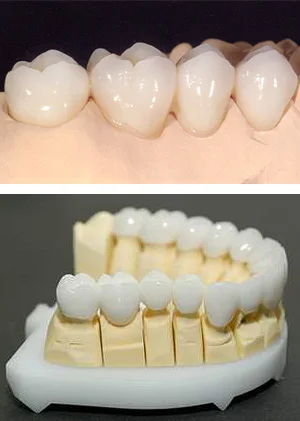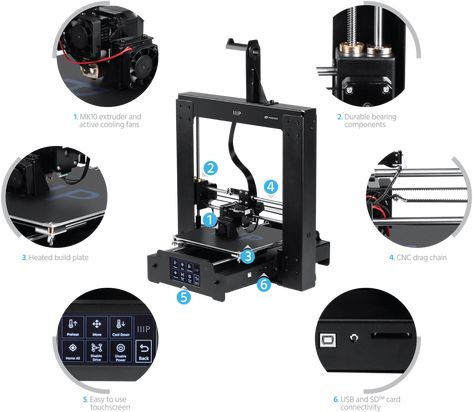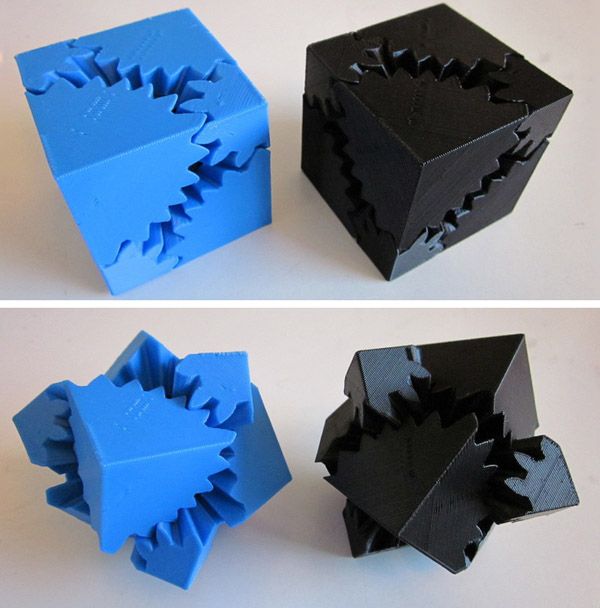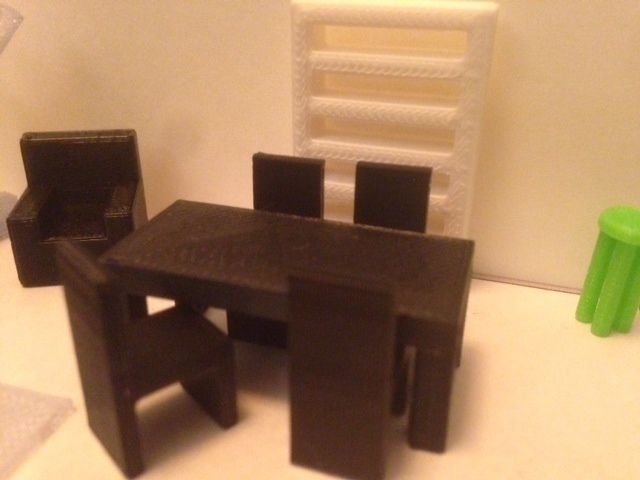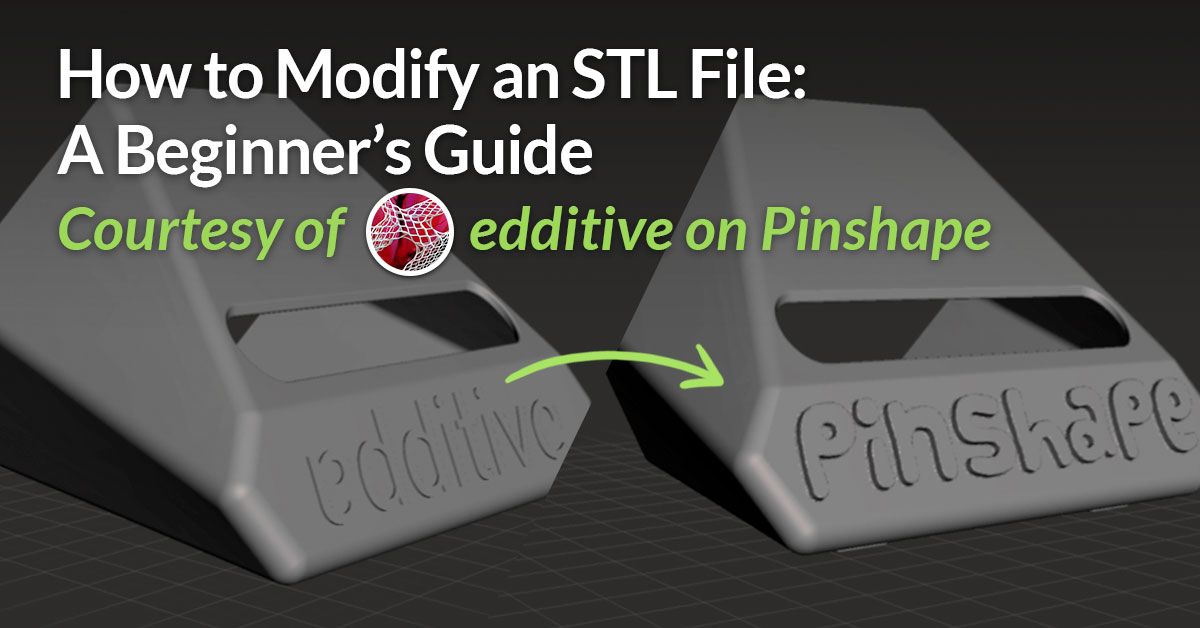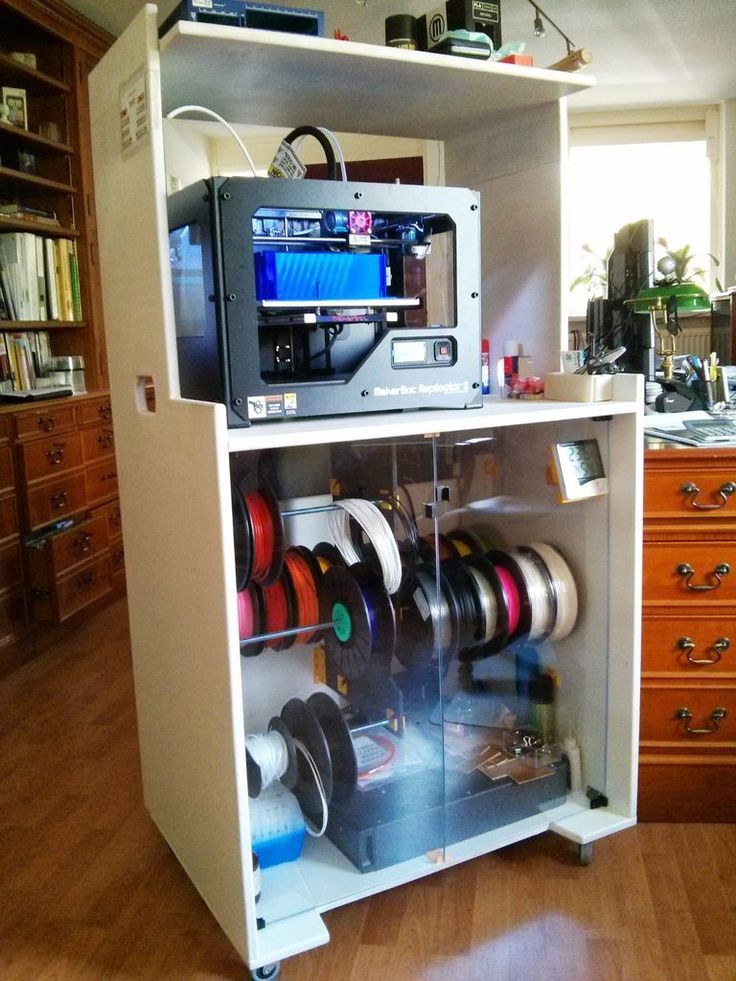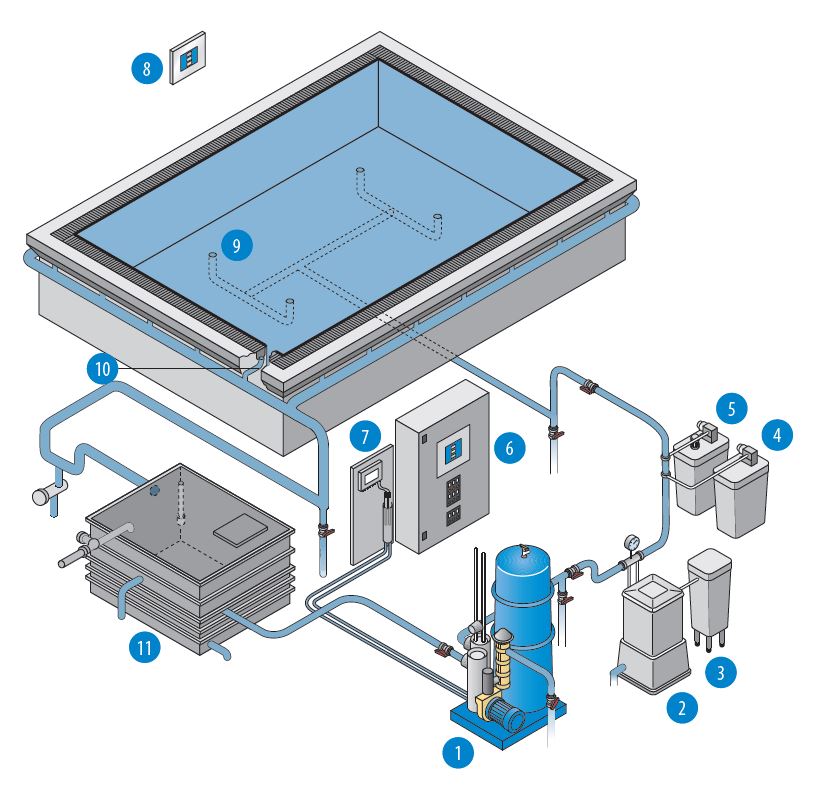3D printed zirconia crowns
Is 3D printing with Zirconia possible? – Beamler
Manufacturing ceramics can be quite challenging, especially to develop prototypes ahead of large-scale production. Breakthroughs in the field of additive manufacturing (AM) are on the verge of reinventing the manufacture of ceramics. An increasing number of studies are being conducted to understand the formation mechanism of zirconia manufactured by AM processes and to improve the performances of those parts.
Zirconia dental 3d printing
What is zirconia?
Zirconium oxide ZrO2 or zirconia is an oxide ceramic, usually found as a white powder. It is a high-performance ceramic with many applications.
Zirconia has the particularity to present a monoclinic crystal structure at room temperature and tetragonal and cubic at a higher temperature.
Once shaped and sintered, this hard technical ceramic offers high performances for many applications in various fields such as dentistry, refractories, electrical insulation, abrasive tools, or automotive due to its excellent mechanical properties both at room temperature and high temperature.
Zirconia can be combined with other materials and elements. Alumina toughened zirconia (ATZ) is one of those materials where a small fraction of alumina is added to zirconia to improve significantly its mechanical properties.
Yttria-stabilized zirconia (YSZ) is another common material that has a different microstructure made to improve electrical conductivity at high temperatures for application as a solid-state electrolyte for a fuel cell.
Zirconia is a hard ceramic, it has a Vickers hardness of 1250HV. It demonstrates excellent mechanical properties and it is a ceramic that has the highest fracture resistance.
The biocompatibility of zirconia added to its mechanical properties makes it perfectly suitable for medical applications such as dentistry where no other known materials can resist such an environment as the human mouth.
Zirconia also presents excellent resistance to high temperatures with a melting point at 2715°C and can be used with temperatures up to 1200°C.
At room temperature, zirconia is an electric insulator, heat it above 1000°C and it becomes an excellent ionic conductor. Yttria-stabilized zirconia (YSZ) is the most common solid electrolyte for Solid Oxide Fuel Cell (SOFC).
3D printing with zirconia
The AM techniques used to manufacture zirconia materials are selective laser sintering (SLS), selective laser melting (SLM), stereolithography (SLA), and ink-jet printing (IJP), but the most common process available on the market is Digital light processing (DLP).
For DLP, a mirror is used to directly project the image into the whole area to realize surface curing. As such, the scanning can be cured in a single layer, which greatly improves the printing rate, and the accuracy mainly depends on the resolution of the mirror device.
This process was developed for the production of complex technical ceramics that requires high accuracy. The part is printed in a bottom-up configuration which only requires a small amount of slurry compared to another configuration.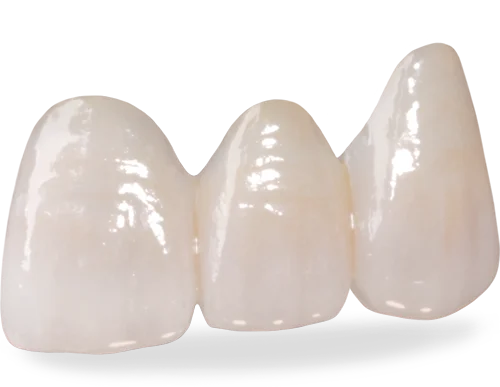
To obtain high density after sintering, once printed, the part undergoes a heat treatment to remove the additive and densify the part. The heat treatment cycle is optimized to avoid the formation of defects and micro-cracks, close porosity, and consolidate the grains.
It has been demonstrated in the literature that flexural strength close to conventionally produced zirconia can be achieved with the DLP process and adapted slurry. Density over 99% of the theoretical density of zirconia can be achieved.
Conclusion
If you are looking for a zirconia 3D printing service, you have come to the right place.
The first step to start 3D printing in zirconia is to have an STL or OBJ file of the object you want to print.
You can upload your file to Beamler’s platform and our team will provide you with a quote as soon as possible. Don’t worry, all uploads are secure.
Curious about the cost for Zirconia 3D printed parts?
Upload your files to get prices and lead times. It's free and easy.
It's free and easy.
Get quote
Trueness analysis of zirconia crowns fabricated with 3-dimensional printing
Save citation to file
Format: Summary (text)PubMedPMIDAbstract (text)CSV
Add to Collections
- Create a new collection
- Add to an existing collection
Name your collection:
Name must be less than 100 characters
Choose a collection:
Unable to load your collection due to an error
Please try again
Add to My Bibliography
- My Bibliography
Unable to load your delegates due to an error
Please try again
Your saved search
Name of saved search:
Search terms:
Test search terms
Email: (change)
Which day? The first SundayThe first MondayThe first TuesdayThe first WednesdayThe first ThursdayThe first FridayThe first SaturdayThe first dayThe first weekday
Which day? SundayMondayTuesdayWednesdayThursdayFridaySaturday
Report format: SummarySummary (text)AbstractAbstract (text)PubMed
Send at most: 1 item5 items10 items20 items50 items100 items200 items
Send even when there aren't any new results
Optional text in email:
Create a file for external citation management software
Full text links
Elsevier Science
Full text links
.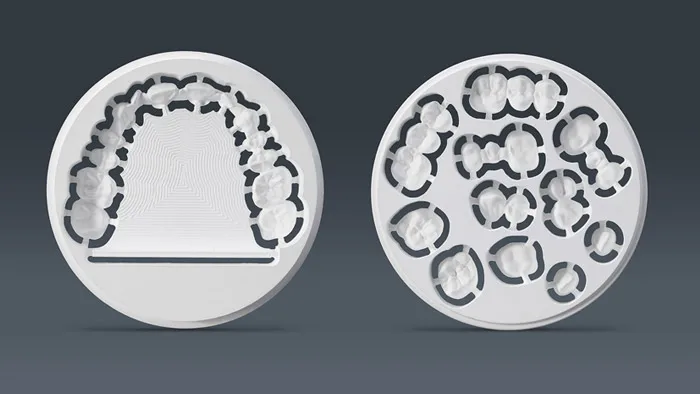 2019 Feb;121(2):285-291.
2019 Feb;121(2):285-291.
doi: 10.1016/j.prosdent.2018.04.012. Epub 2018 Jul 14.
Weina Wang 1 , Hai Yu 1 , Yifan Liu 2 , Xinlei Jiang 3 , Bo Gao 4
Affiliations
Affiliations
- 1 Doctoral student, State Key Laboratory of Military Stomatology, National Clinical Research Center for Oral Diseases, Shaanxi Key Laboratory of Stomatology, Department of Prosthodontics, School of Stomatology, Fourth Military Medical University, Xi'an, PR China.
- 2 Graduate student, State Key Laboratory of Military Stomatology, National Clinical Research Center for Oral Diseases, Shaanxi International Joint Research Center for Oral Diseases, Department of Oral Anatomy and Physiology and TMD, School of Stomatology, The Fourth Military Medical University, Xi'an, PR China.

- 3 Doctoral student, School of Foreign Studies, Xi'an Jiaotong University, Xi'an, PR China.
- 4 Professor, State Key Laboratory of Military Stomatology, National Clinical Research Center for Oral Diseases, Shaanxi Key Laboratory of Stomatology, Department of Prosthodontics, School of Stomatology, Fourth Military Medical University, Xi'an, PR China. Electronic address: [email protected].
- PMID: 30017167
- DOI: 10.1016/j.prosdent.2018.04.012
Weina Wang et al. J Prosthet Dent. 2019 Feb.
. 2019 Feb;121(2):285-291.
2019 Feb;121(2):285-291.
doi: 10.1016/j.prosdent.2018.04.012. Epub 2018 Jul 14.
Authors
Weina Wang 1 , Hai Yu 1 , Yifan Liu 2 , Xinlei Jiang 3 , Bo Gao 4
Affiliations
- 1 Doctoral student, State Key Laboratory of Military Stomatology, National Clinical Research Center for Oral Diseases, Shaanxi Key Laboratory of Stomatology, Department of Prosthodontics, School of Stomatology, Fourth Military Medical University, Xi'an, PR China.
- 2 Graduate student, State Key Laboratory of Military Stomatology, National Clinical Research Center for Oral Diseases, Shaanxi International Joint Research Center for Oral Diseases, Department of Oral Anatomy and Physiology and TMD, School of Stomatology, The Fourth Military Medical University, Xi'an, PR China.
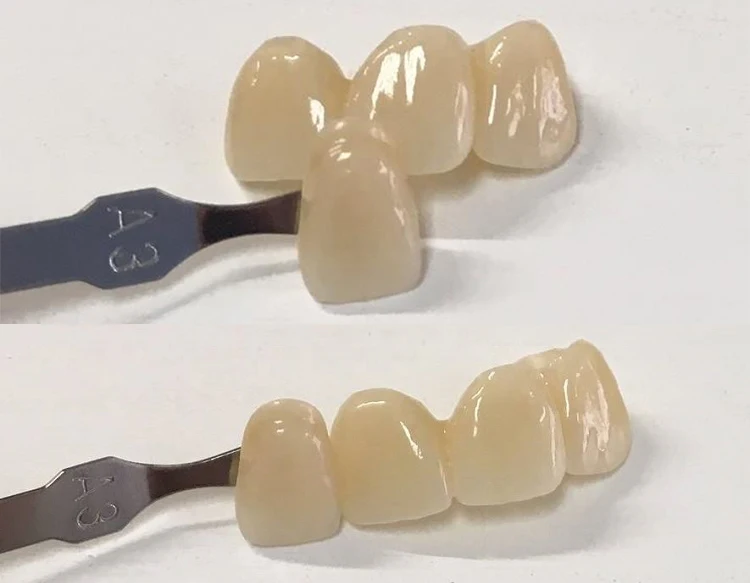
- 3 Doctoral student, School of Foreign Studies, Xi'an Jiaotong University, Xi'an, PR China.
- 4 Professor, State Key Laboratory of Military Stomatology, National Clinical Research Center for Oral Diseases, Shaanxi Key Laboratory of Stomatology, Department of Prosthodontics, School of Stomatology, Fourth Military Medical University, Xi'an, PR China. Electronic address: [email protected].
- PMID: 30017167
- DOI: 10.1016/j.prosdent.2018.04.012
Abstract
Statement of problem: The primary manufacturing method of zirconia ceramic crowns is computer-aided design and computer-aided manufacture (CAD-CAM), but a disadvantage of this technique is material waste.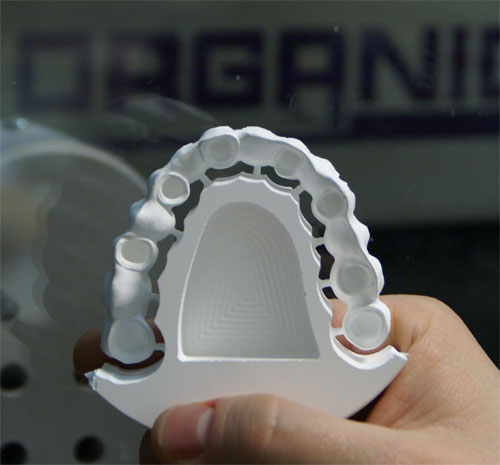 Three-dimensional (3D) printing, which has been recently introduced into dentistry, has improved the processing of polymers and metals, but not yet of ceramic crowns.
Three-dimensional (3D) printing, which has been recently introduced into dentistry, has improved the processing of polymers and metals, but not yet of ceramic crowns.
Purpose: The purpose of this in vitro study was to evaluate the 3D trueness of zirconia crowns fabricated by 3D printing to investigate the potential application of this technology in dental ceramic restorations.
Material and methods: A typodont tooth was prepared for a ceramic crown, and a digital crown was designed using the CAD software. The digital crown was processed either with a 3D-printing system or with a dental milling system. The crowns were scanned using a dental laboratory scanner, and the data collected for each crown were divided into 4 parts (the external surface, intaglio surface, marginal area, and intaglio occlusal surface). Finally, the trueness of each part was determined using the 3D inspection software. The 3D trueness of the crowns fabricated by either 3D printing or milling was compared by a 1-sided test (α=.05).
The 3D trueness of the crowns fabricated by either 3D printing or milling was compared by a 1-sided test (α=.05).
Results: The trueness of the external surface, intaglio surface, marginal area, and intaglio occlusal surface of the 3D-printed crowns was no worse than the corresponding trueness of the CAD-CAM crowns (P<.05).
Conclusions: Zirconia crowns produced by 3D printing meet the trueness requirements, and 3D printing may be suitable for fabricating zirconia crowns.
Copyright © 2018 Editorial Council for the Journal of Prosthetic Dentistry. Published by Elsevier Inc. All rights reserved.
Similar articles
-
Clinical outcomes of three different crown systems with CAD/CAM technology.
Batson ER, Cooper LF, Duqum I, Mendonça G.
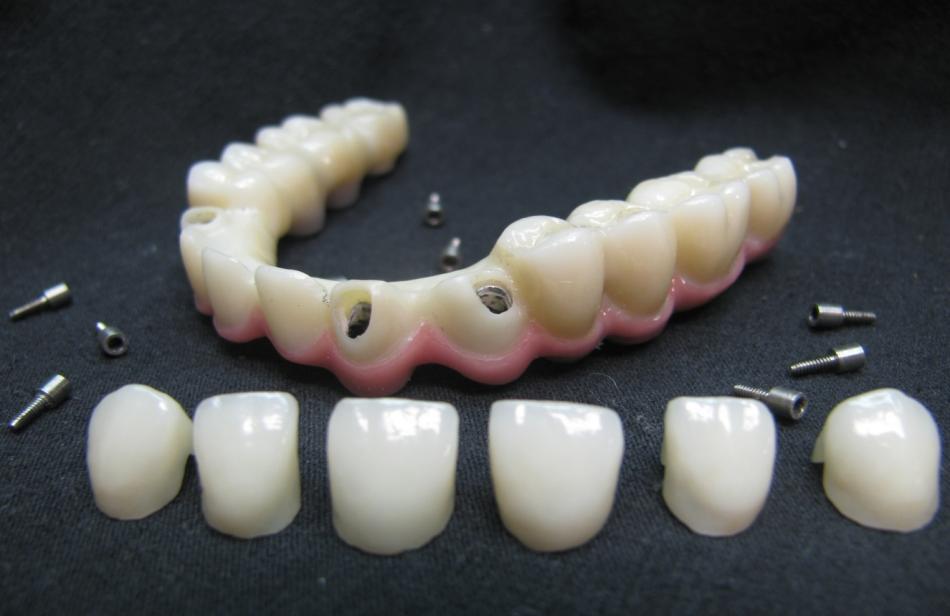 Batson ER, et al. J Prosthet Dent. 2014 Oct;112(4):770-7. doi: 10.1016/j.prosdent.2014.05.002. Epub 2014 Jun 28. J Prosthet Dent. 2014. PMID: 24980739 Clinical Trial.
Batson ER, et al. J Prosthet Dent. 2014 Oct;112(4):770-7. doi: 10.1016/j.prosdent.2014.05.002. Epub 2014 Jun 28. J Prosthet Dent. 2014. PMID: 24980739 Clinical Trial. -
Comparison of Intaglio Surface Trueness of Interim Dental Crowns Fabricated with SLA 3D Printing, DLP 3D Printing, and Milling Technologies.
Son K, Lee JH, Lee KB. Son K, et al. Healthcare (Basel). 2021 Aug 3;9(8):983. doi: 10.3390/healthcare9080983. Healthcare (Basel). 2021. PMID: 34442120 Free PMC article.
-
Digital evaluation of the fit of zirconia-reinforced lithium silicate crowns with a new three-dimensional approach.
Zimmermann M, Valcanaia A, Neiva G, Mehl A, Fasbinder D. Zimmermann M, et al. Quintessence Int. 2018;49(1):9-15.
 doi: 10.3290/j.qi.a39402. Quintessence Int. 2018. PMID: 29192293
doi: 10.3290/j.qi.a39402. Quintessence Int. 2018. PMID: 29192293 -
Marginal adaptation and CAD-CAM technology: A systematic review of restorative material and fabrication techniques.
Papadiochou S, Pissiotis AL. Papadiochou S, et al. J Prosthet Dent. 2018 Apr;119(4):545-551. doi: 10.1016/j.prosdent.2017.07.001. Epub 2017 Sep 28. J Prosthet Dent. 2018. PMID: 28967399 Review.
-
The potential of additive manufacturing technologies and their processing parameters for the fabrication of all-ceramic crowns: A review.
Methani MM, Revilla-León M, Zandinejad A. Methani MM, et al. J Esthet Restor Dent. 2020 Mar;32(2):182-192. doi: 10.1111/jerd.12535. Epub 2019 Nov 7. J Esthet Restor Dent. 2020. PMID: 31701629 Review.

See all similar articles
Cited by
-
Fit, Precision, and Trueness of 3D-Printed Zirconia Crowns Compared to Milled Counterparts.
Abualsaud R, Alalawi H. Abualsaud R, et al. Dent J (Basel). 2022 Nov 11;10(11):215. doi: 10.3390/dj10110215. Dent J (Basel). 2022. PMID: 36421402 Free PMC article.
-
Physiomechanical and Surface Characteristics of 3D-Printed Zirconia: An In Vitro Study.
Abualsaud R, Abussaud M, Assudmi Y, Aljoaib G, Khaled A, Alalawi H, Akhtar S, Matin A, Gad MM. Abualsaud R, et al. Materials (Basel). 2022 Oct 8;15(19):6988. doi: 10.3390/ma15196988. Materials (Basel). 2022. PMID: 36234329 Free PMC article.
-
Marginal and Internal Gap of Metal Copings Fabricated Using Three Types of Resin Patterns with Subtractive and Additive Technology: An In Vitro Comparison.
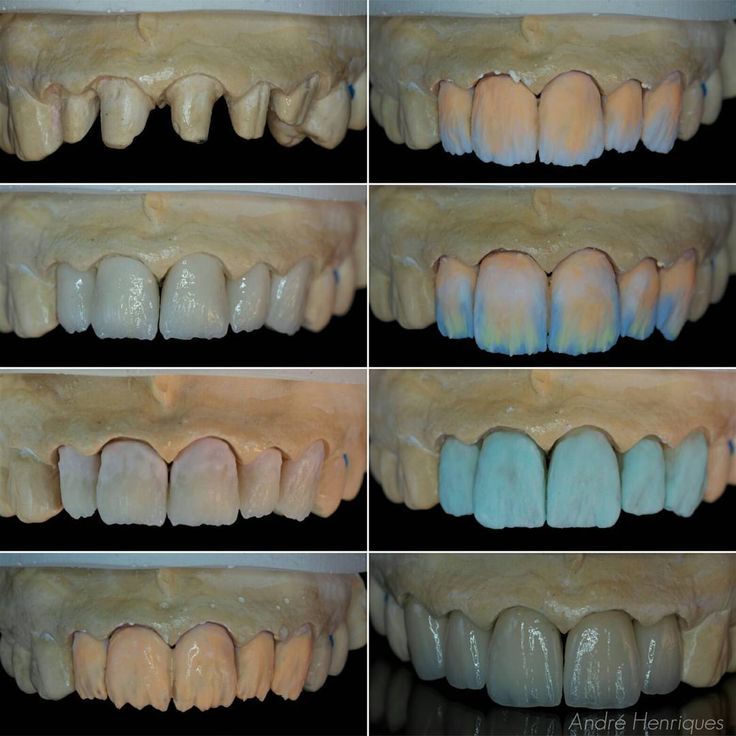
Addugala H, Venugopal VN, Rengasamy S, Yadalam PK, Albar NH, Alamoudi A, Bahammam SA, Zidane B, Bahammam HA, Bhandi S, Shrivastava D, Srivastava KC, Patil S. Addugala H, et al. Materials (Basel). 2022 Sep 15;15(18):6397. doi: 10.3390/ma15186397. Materials (Basel). 2022. PMID: 36143710 Free PMC article.
-
Efficacy of an interdental brush in cleaning artificial plaque on a 3D-printed model base.
Kim SE, Song ES, Lee SP. Kim SE, et al. BMC Oral Health. 2022 Sep 22;22(1):420. doi: 10.1186/s12903-022-02451-4. BMC Oral Health. 2022. PMID: 36138454 Free PMC article.
-
3D Printing of Bioinert Oxide Ceramics for Medical Applications.
Buj-Corral I, Tejo-Otero A. Buj-Corral I, et al. J Funct Biomater.
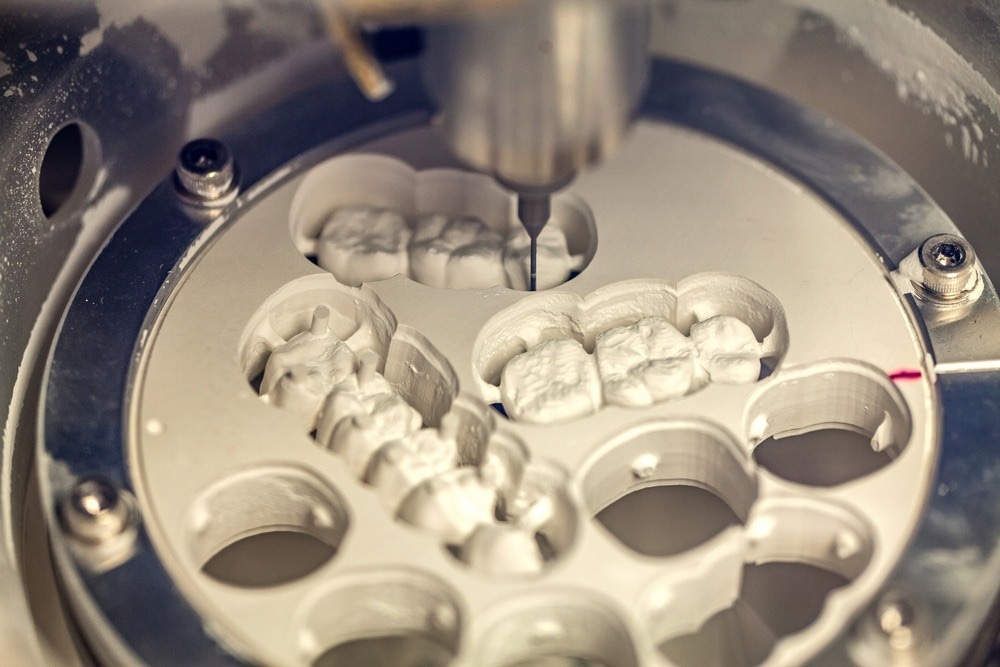 2022 Sep 17;13(3):155. doi: 10.3390/jfb13030155. J Funct Biomater. 2022. PMID: 36135590 Free PMC article. Review.
2022 Sep 17;13(3):155. doi: 10.3390/jfb13030155. J Funct Biomater. 2022. PMID: 36135590 Free PMC article. Review.
See all "Cited by" articles
MeSH terms
Substances
Full text links
Elsevier Science
Cite
Format: AMA APA MLA NLM
Add to Collections
- Create a new collection
- Add to an existing collection
Name your collection:
Name must be less than 100 characters
Choose a collection:
Unable to load your collection due to an error
Please try again
Send To
How I got my dental crown printed on a 3D printer
How I got my dental crown printed on a 3D printer | Big Ideas Innovation managementArticle published in Harvard Business Review Russia Saul Kaplan
Since I'm a tech freak and trying to keep up with everything, I've been following the development of 3D printing and the burgeoning 'maker' movement of making anything and everything with 3D printing devices.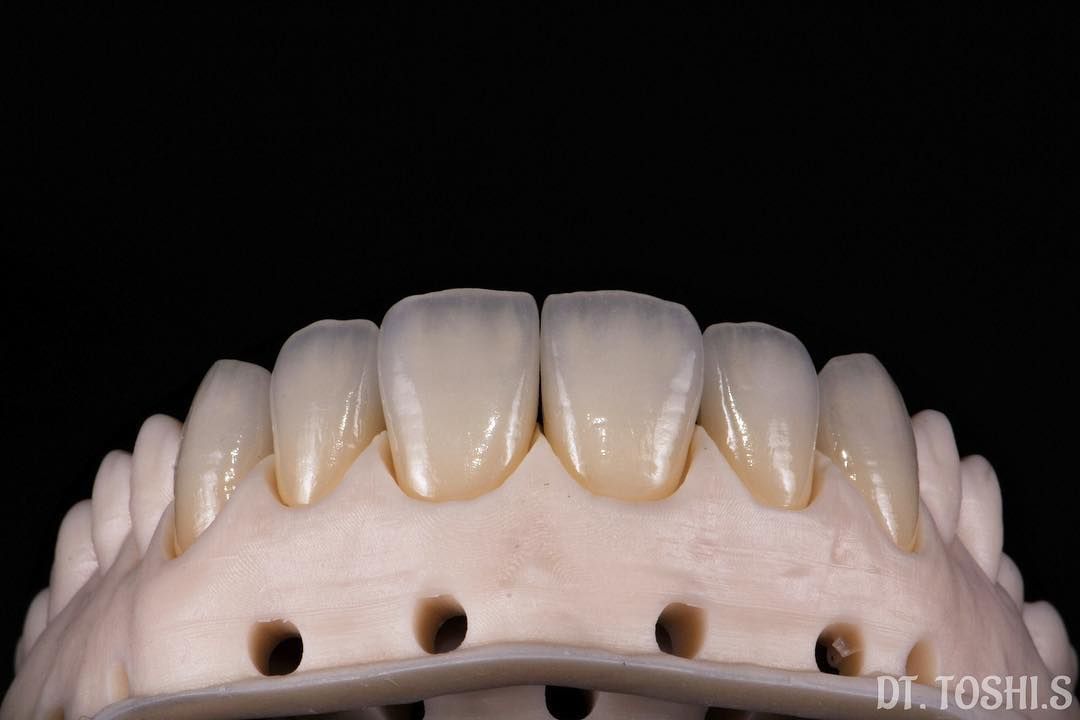 That is, I read about it, watched how innovators and other enthusiasts create their products, and also wondered if this technology is capable of anything more than bright plastic souvenirs that are lined with my desktop. 3D printing hasn't affected my life in any way yet. Well, at least until something bad happened to me recently - a piece of a tooth broke off. Nothing to do, had to go to our family dentist. And it was dentistry, not articles or videos, that convinced me of the enormous potential of 3D printers. Sometimes it takes a kick in the teeth to finally take notice of disruptive innovation. nine0012
That is, I read about it, watched how innovators and other enthusiasts create their products, and also wondered if this technology is capable of anything more than bright plastic souvenirs that are lined with my desktop. 3D printing hasn't affected my life in any way yet. Well, at least until something bad happened to me recently - a piece of a tooth broke off. Nothing to do, had to go to our family dentist. And it was dentistry, not articles or videos, that convinced me of the enormous potential of 3D printers. Sometimes it takes a kick in the teeth to finally take notice of disruptive innovation. nine0012
I must say that I am not new to restorative dentistry. Somewhere about seven years ago, a piece of another tooth broke off, I needed a crown, and this whole epic did not evoke pleasant memories for me. I had to make several long (and certainly expensive) visits to the dentist. First, I had to make a cast of my decayed tooth. The impression was sent to a dental laboratory to make a permanent crown. In the meantime, I was sent home with an uncomfortable cement-on-hard composite temporary crown. A few weeks later the permanent crown was ready and I went back to the dentist who took a long time to install it. nine0012
In the meantime, I was sent home with an uncomfortable cement-on-hard composite temporary crown. A few weeks later the permanent crown was ready and I went back to the dentist who took a long time to install it. nine0012
The prospect of repeating this procedure seven years later did not please me at all. However, this time, instead of an impression mix, my dentist placed a digital camera in my mouth, and before I could blink, a virtual image of my damaged tooth appeared on the computer screen to the right of the chair. My dentist knows that I'm a tech freak, so he went out of his way to show me his cutting-edge technical capabilities. I watched my decayed tooth twirl this way and that in 3D as the design software quickly and deftly put the virtual crown on my virtual tooth. Voila! The doctor even made a few manual changes to it using the special functions of the program: he sharpened it a little on one side and polished it on the other. nine0012
Read the related article: Will 3D printers change traditional manufacturing models?
And then something happened that really shook me to the core and convinced me of the huge potential of 3D printing.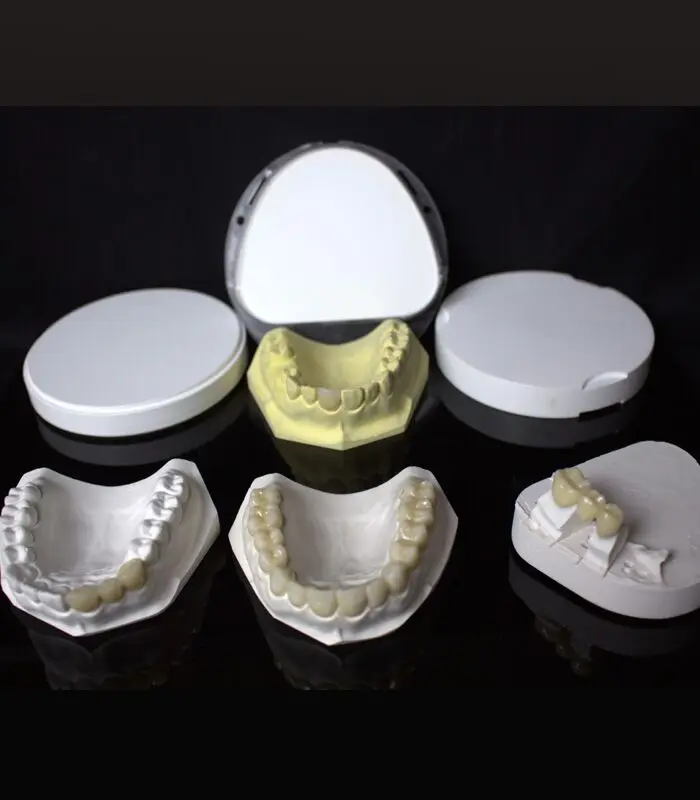 My dentist hit the send button, then took me to an adjoining room where he proudly showed me a contraption the size of a large microwave. The digital drawing of my new crown went to the CNC (Computer Numerical Control) machine. There are two main approaches to 3D printing. There are printers that lay down material layer by layer, creating an object from the bottom up. And there are CNC milling machines that take a piece of material and cut out the required object from it. I watched with bated breath as my crown was sculpted from composite material right in front of my eyes. nine0012
My dentist hit the send button, then took me to an adjoining room where he proudly showed me a contraption the size of a large microwave. The digital drawing of my new crown went to the CNC (Computer Numerical Control) machine. There are two main approaches to 3D printing. There are printers that lay down material layer by layer, creating an object from the bottom up. And there are CNC milling machines that take a piece of material and cut out the required object from it. I watched with bated breath as my crown was sculpted from composite material right in front of my eyes. nine0012
We advise you to read
Start from school
Eric Berglöf, Alexander Plekhanov
Three signs of IT inequality in your company
Paul R. Doherty, Ramnath Venkataraman, H. James Wilson
Insolent!
Rakshenko Lilia
Pixar: the power of collective creativity
Catmull Ed
* activity on the territory of the Russian Federation is prohibited
Sign in to read full article
Recommended reading
How to deal with a boss who doesn't like you
Allan H. Church, Jay A. Conger
Church, Jay A. Conger
Is Russia a good country for tech start-ups?
Andrey Movchan, Sergey Fage
Insidious similarity
Igor Gurkov, Evgeny Morgunov
7 time management mistakes
Elizabeth Grace Saunders
use of 3D printing in dentistry for the manufacture of dentures
Modern additive printing technologies allow the production of a wide variety of products for an incredible range of applications. Medicine, in particular the field of dentistry, has long been no exception and is using the achievements of technological progress for the benefit of its patients with might and main, becoming digital.
Benefits of using a 3D printer
Clinics everywhere are moving to intraoral scanning, abandoning analog, uncomfortable for the patient methods of impression making. Some are not limited to diagnostic manipulations at all, transferring the stages of modeling and manufacturing of single works under their own roof and partially refusing laboratory services.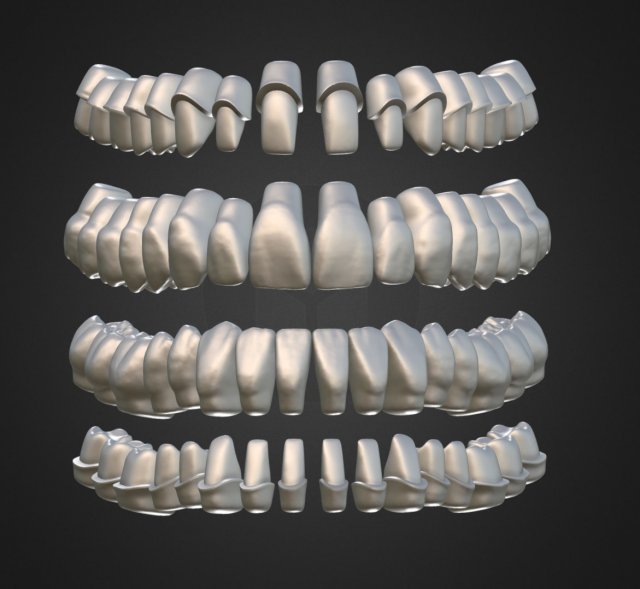 In this case, a 3D printer for dentistry is indispensable in the manufacture of orthodontic and temporary orthopedic structures. Mouth guards, night guards, surgical templates for operations and even the printing of dentures, whether they be single crowns, bridges or even removable basic dentures - all this is under the power of dental 3D printing. nine0012
In this case, a 3D printer for dentistry is indispensable in the manufacture of orthodontic and temporary orthopedic structures. Mouth guards, night guards, surgical templates for operations and even the printing of dentures, whether they be single crowns, bridges or even removable basic dentures - all this is under the power of dental 3D printing. nine0012
Comparison of the main 3D printing technologies used in dentistry
Laboratories are not left behind and are improving the manufacturing methods and range of dental products and services. The use of laboratory scanning eliminates the error that may occur during the manufacture of a plaster model. If desired, the model can be produced on a dental printer from a photopolymer, which is always less troublesome and faster. Gingival masks, individual trays, and any orthopedic constructions - the 3D printer opens up new horizons for dental laboratories. nine0012
nine0012
If we talk about the main methods of manufacturing dental products on a 3D printer, then these will be:
- SLA, or the so-called stereolithography, in which the laser beam polymerizes the material, quickly passing through each point of the object;
- DLP, or layer-by-layer illumination process, in which the projector illuminates the photopolymer layer by layer using ultraviolet radiation, transforming it into a future product.
Regardless of the printing method, the final properties of the work will depend on the material from which it is made, the very "resin". nine0012
Speaking of photopolymers, one cannot but mention NextDent. The company is a subsidiary of the Dutch manufacturer of plastics for prosthetics Vertex. NextDent pioneered the field of biocompatible 3D printing resins and was soon bought out by global additive technology giant 3D Systems.
With 30 unique NextDent photopolymers, the widest range of any dental material supplier.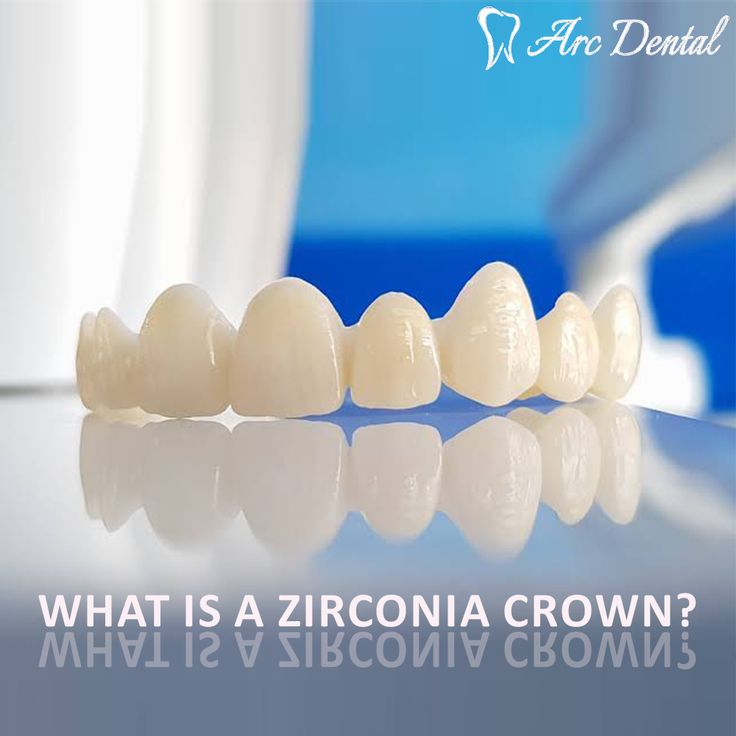 A range of aesthetically accurate colors enable dental labs and clinics to achieve a close match of finished products to the patient's teeth and gums. 3D printing materials from NextDent are biocompatible and certified in accordance with the requirements of the European Union, which makes them widely used. Photopolymers meet the requirements of the European Medical Device Directive (93/42/EEC), approved by the Food and Drug Administration (USA) and certified in many other countries.
A range of aesthetically accurate colors enable dental labs and clinics to achieve a close match of finished products to the patient's teeth and gums. 3D printing materials from NextDent are biocompatible and certified in accordance with the requirements of the European Union, which makes them widely used. Photopolymers meet the requirements of the European Medical Device Directive (93/42/EEC), approved by the Food and Drug Administration (USA) and certified in many other countries.
With such a promising line of dental resins in its portfolio, 3D Systems, as the inventor of 3D printing and a recognized industry leader, could not do without using its own revolutionary technologies in a new field for itself. This is how the first 3D printer for dentists NextDent 5100 appeared, specially designed for the manufacture of products from biocompatible photopolymers. nine0012
Its hallmarks are speed and ease of use. Incredibly fast in the production of dental work of any complexity, the NextDent 5100 will allow you to print more than 70 temporary crowns in 25 minutes.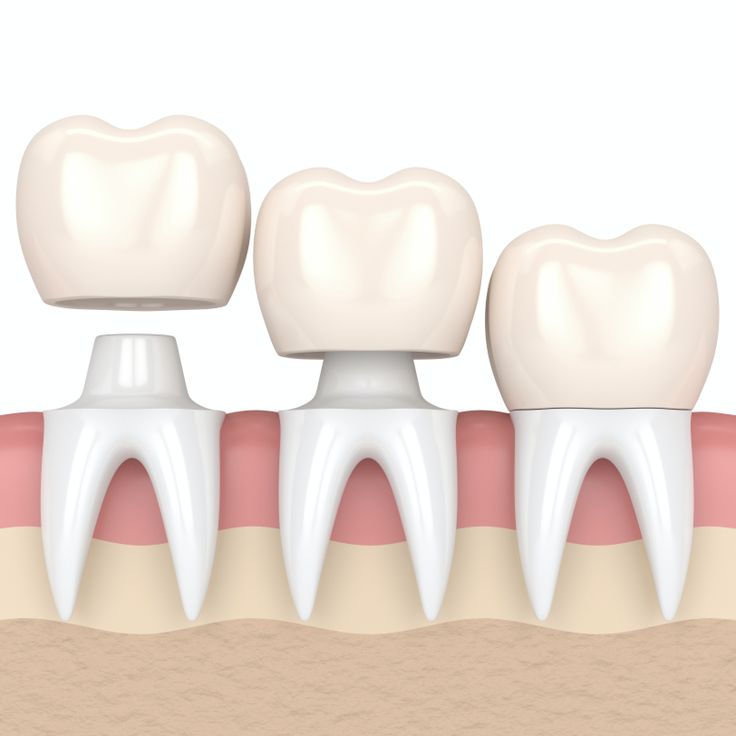 Or to make a whole prosthesis in front of the patient in just an hour.
Or to make a whole prosthesis in front of the patient in just an hour.
NextDent Denture 3D+, a class IIa biocompatible material, was created for the fabrication of removable denture bases. This material has significantly less shrinkage than the already used, standard PMMA materials. Shrinkage can be avoided using software, resulting in a perfectly suitable base for a removable denture. Excellent mechanical properties make it possible to surpass the quality of traditional methods of manufacturing removable dentures. Available in the following shades: dark pink, light pink, opaque, reddish pink and transparent pink. Biocompatible, non-cytotoxic, non-mutagenic, does not cause redness and swelling, does not have sensitizing properties, does not cause systemic toxicity. nine0012
NextDent C&B Micro Filled Hybrid is a class IIa biocompatible material designed for the production of single crowns and bridges. The balance between inorganic fillers and resin gives the material its high strength and wear resistance.